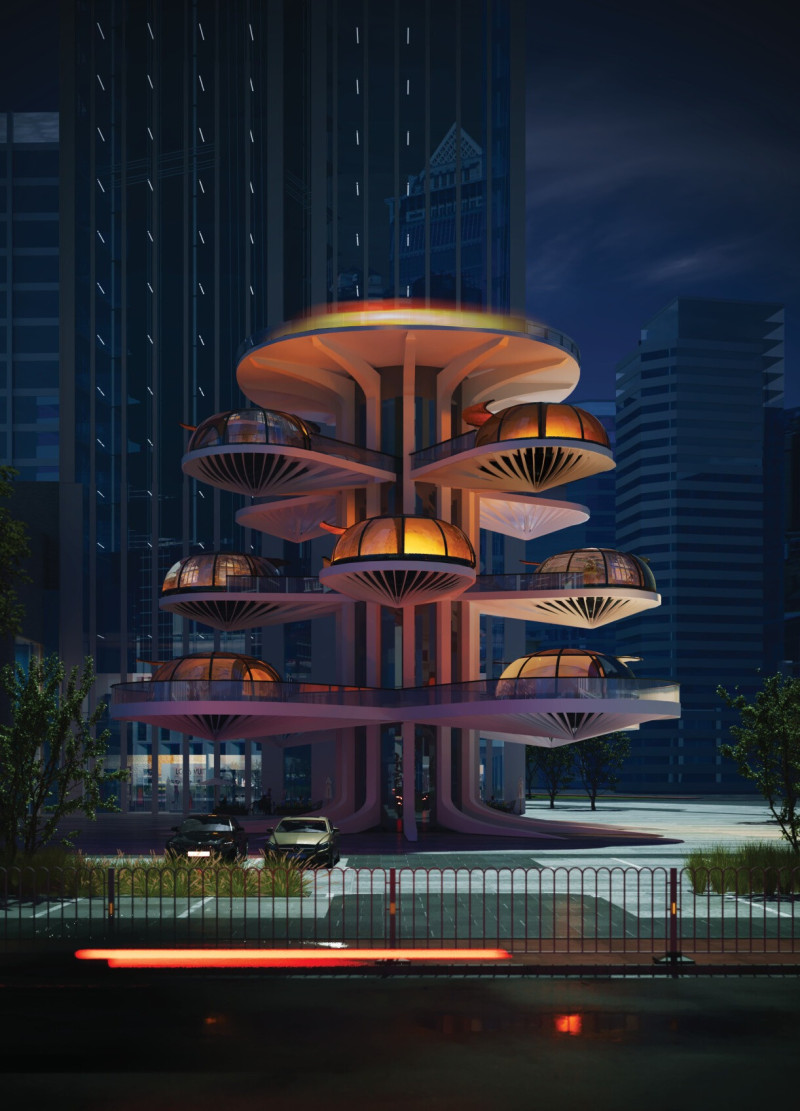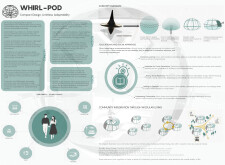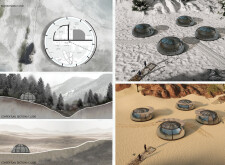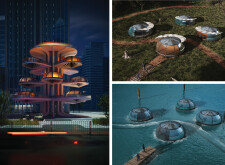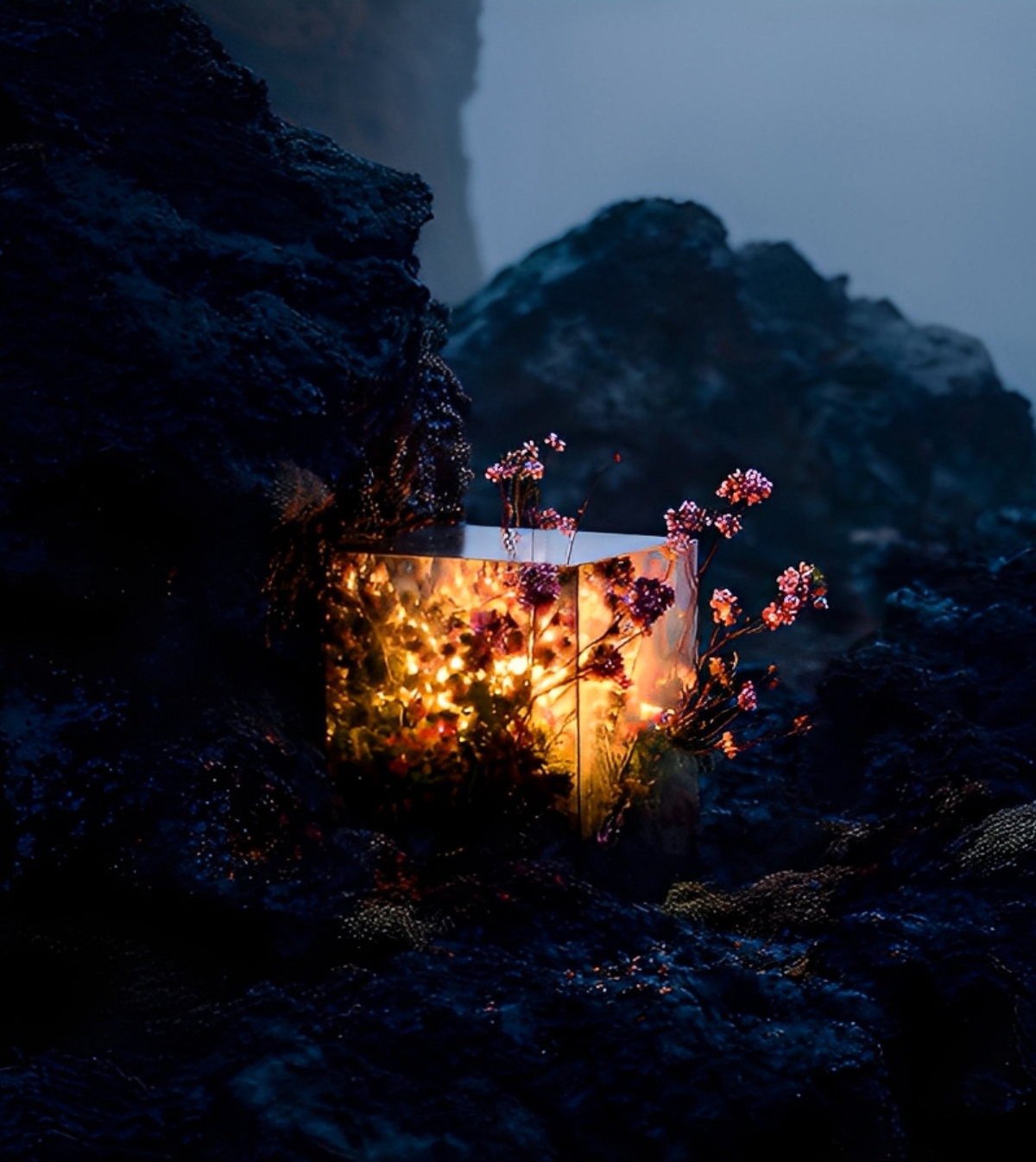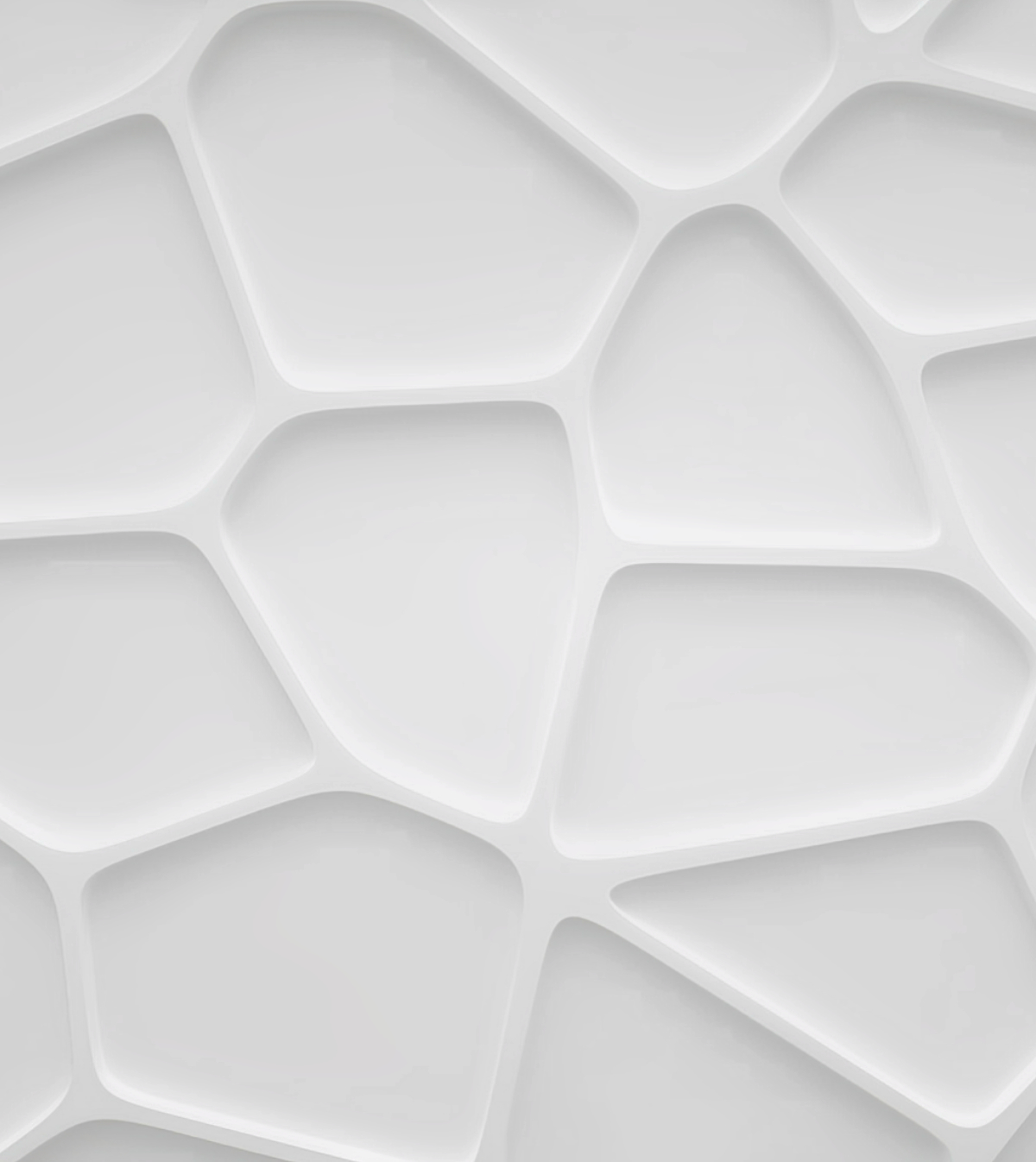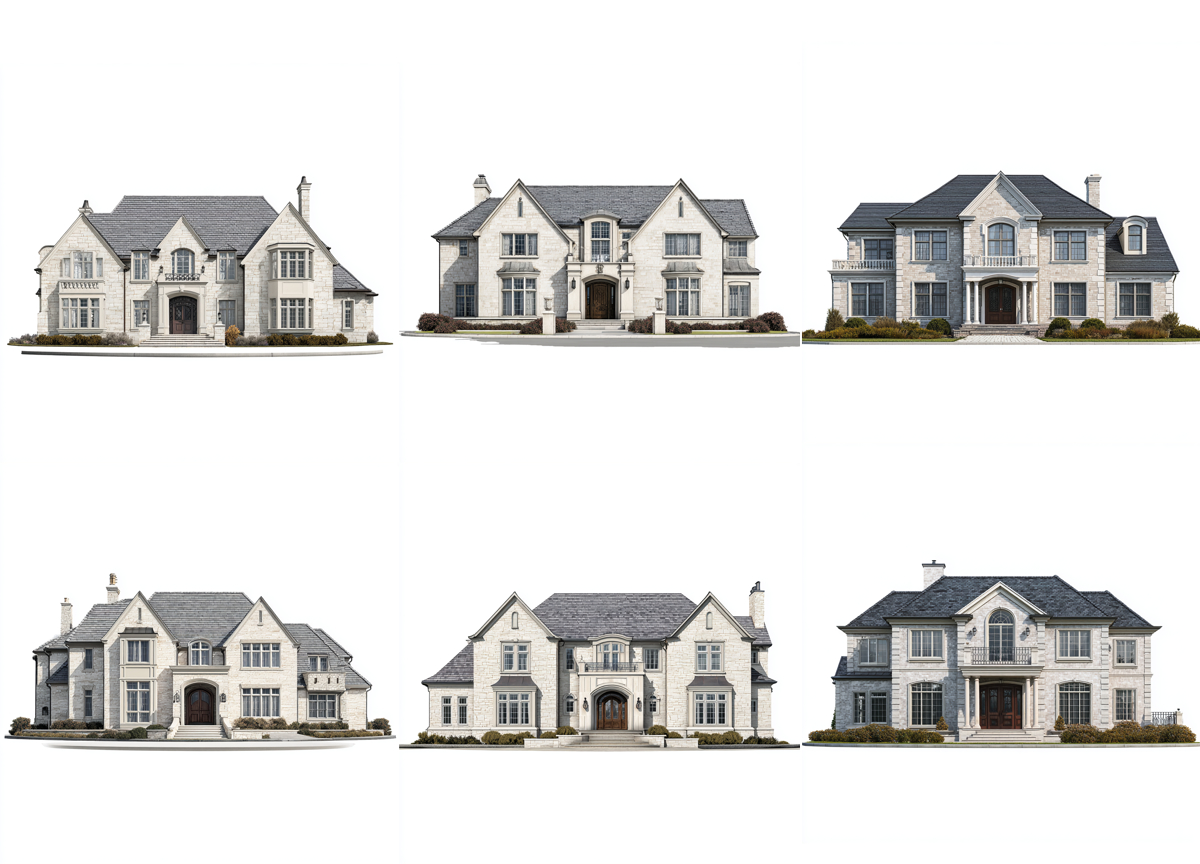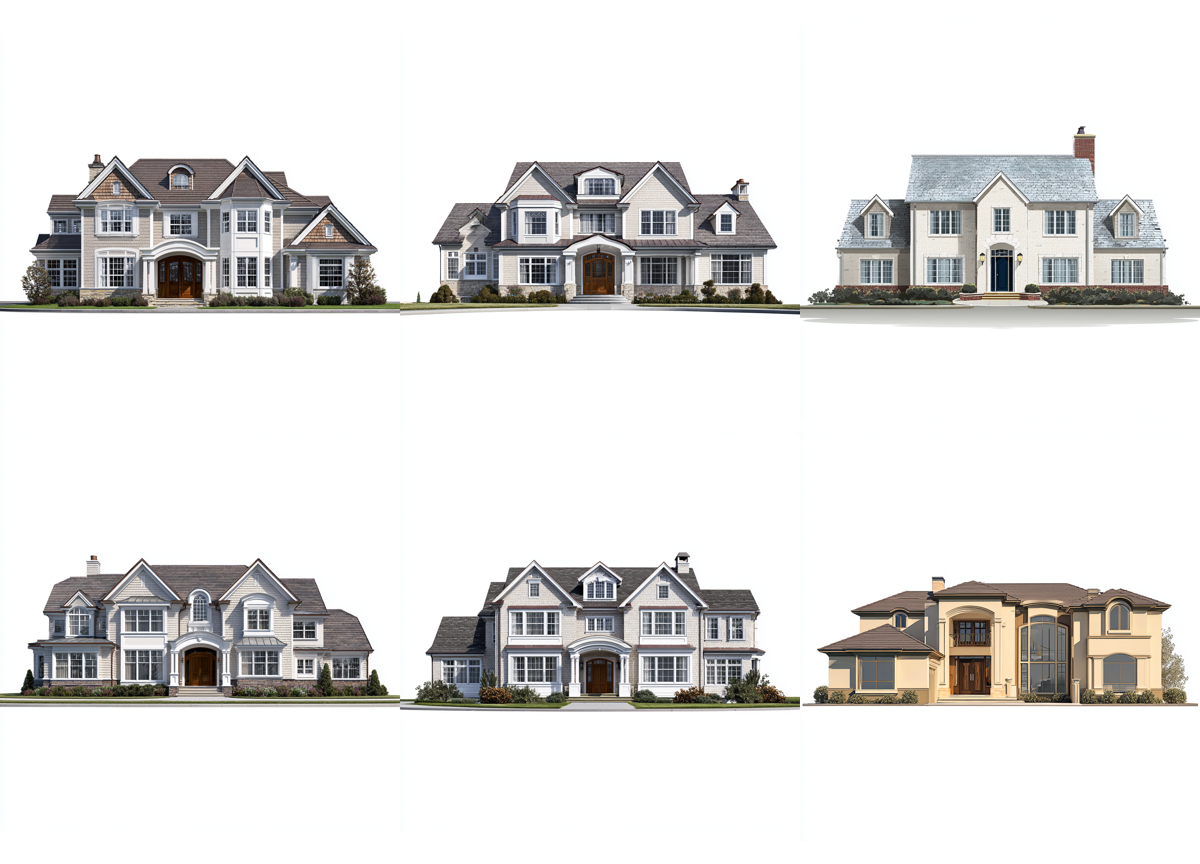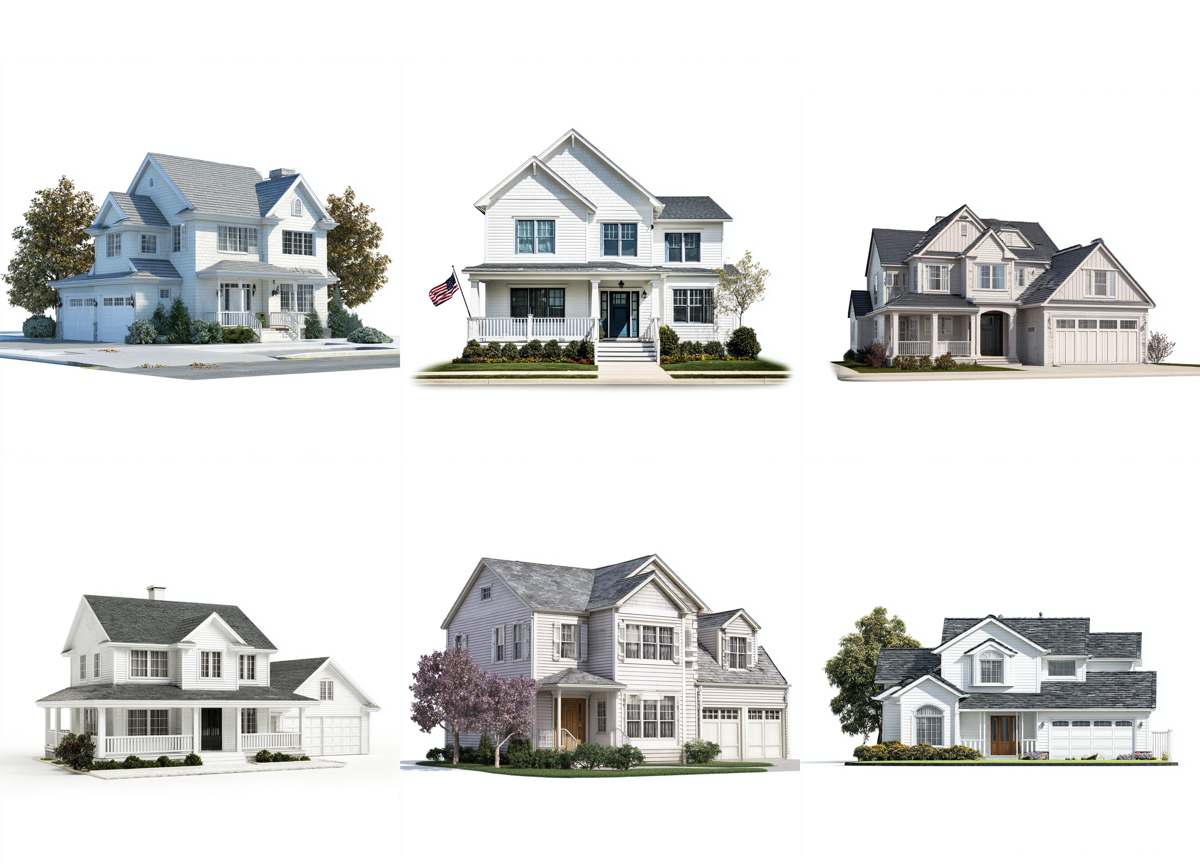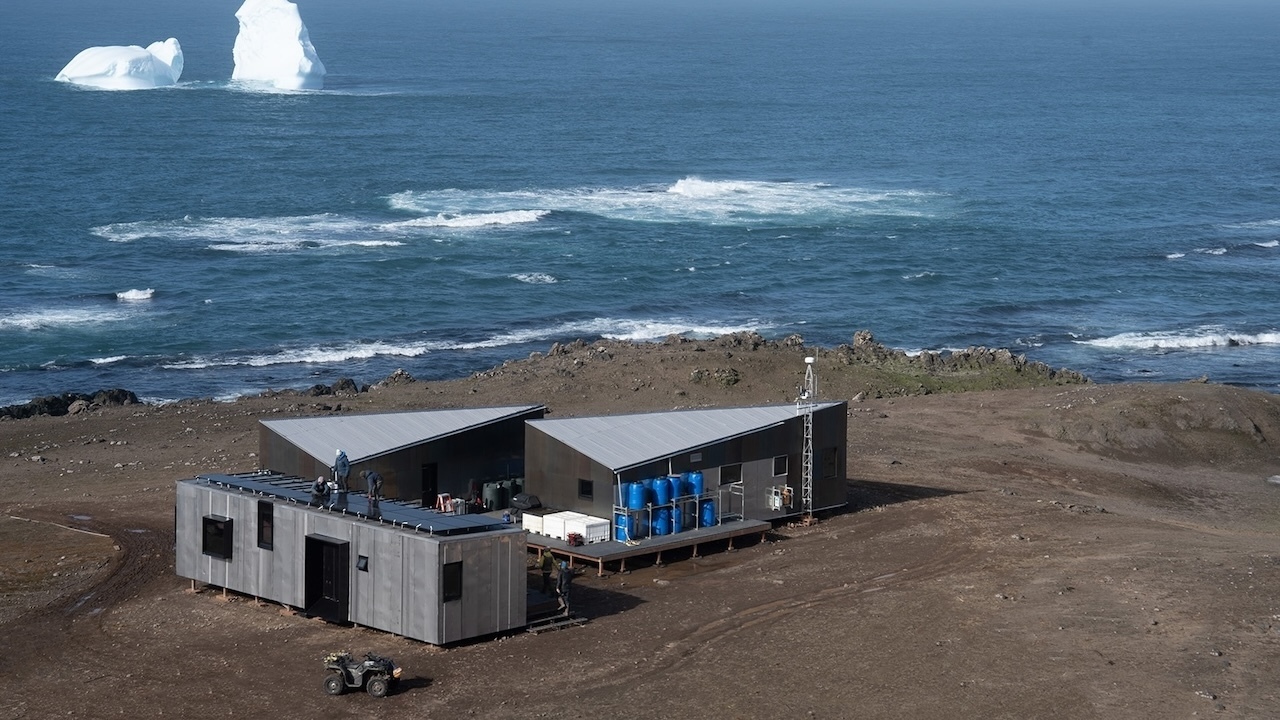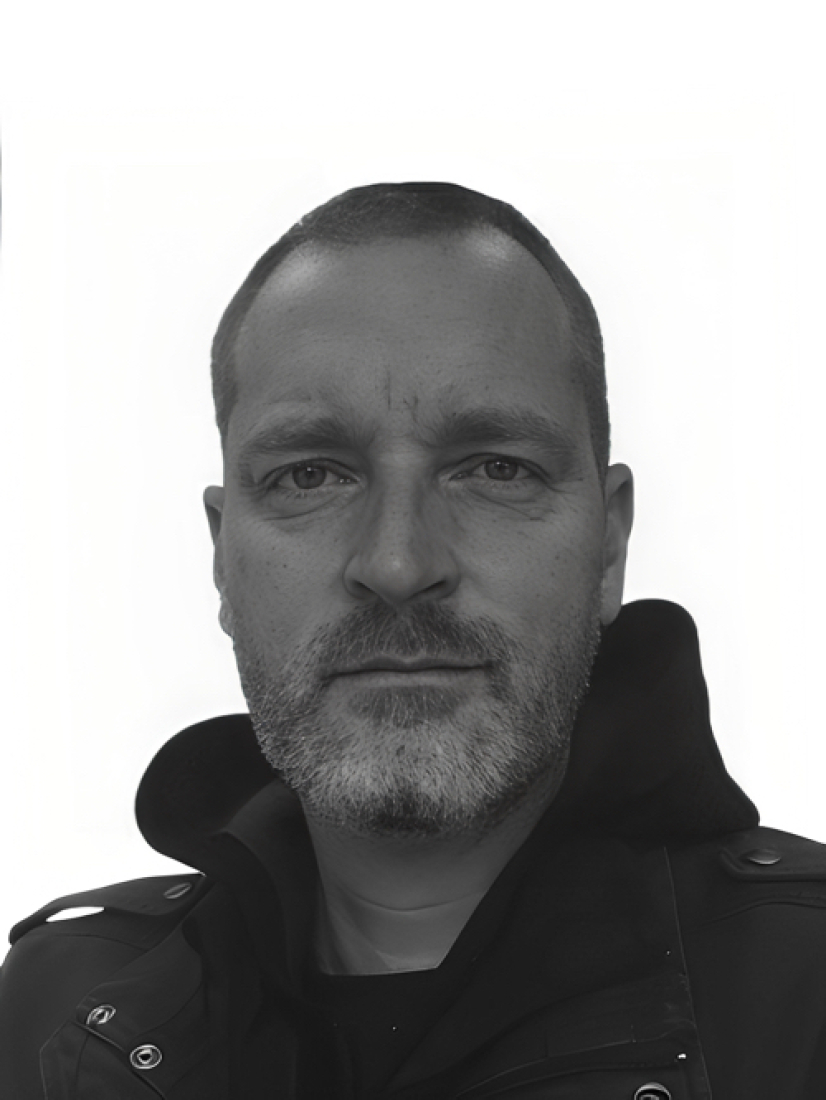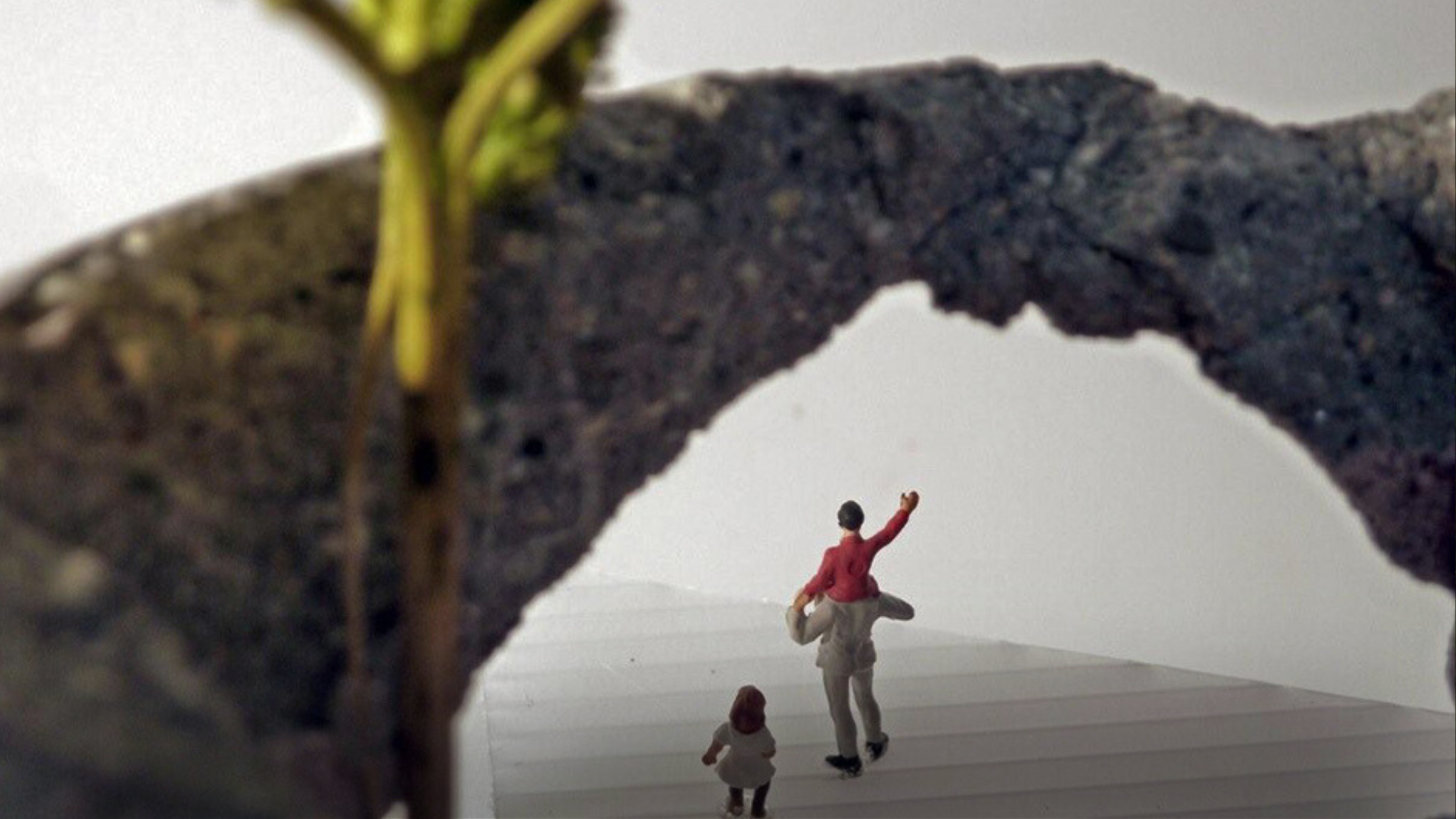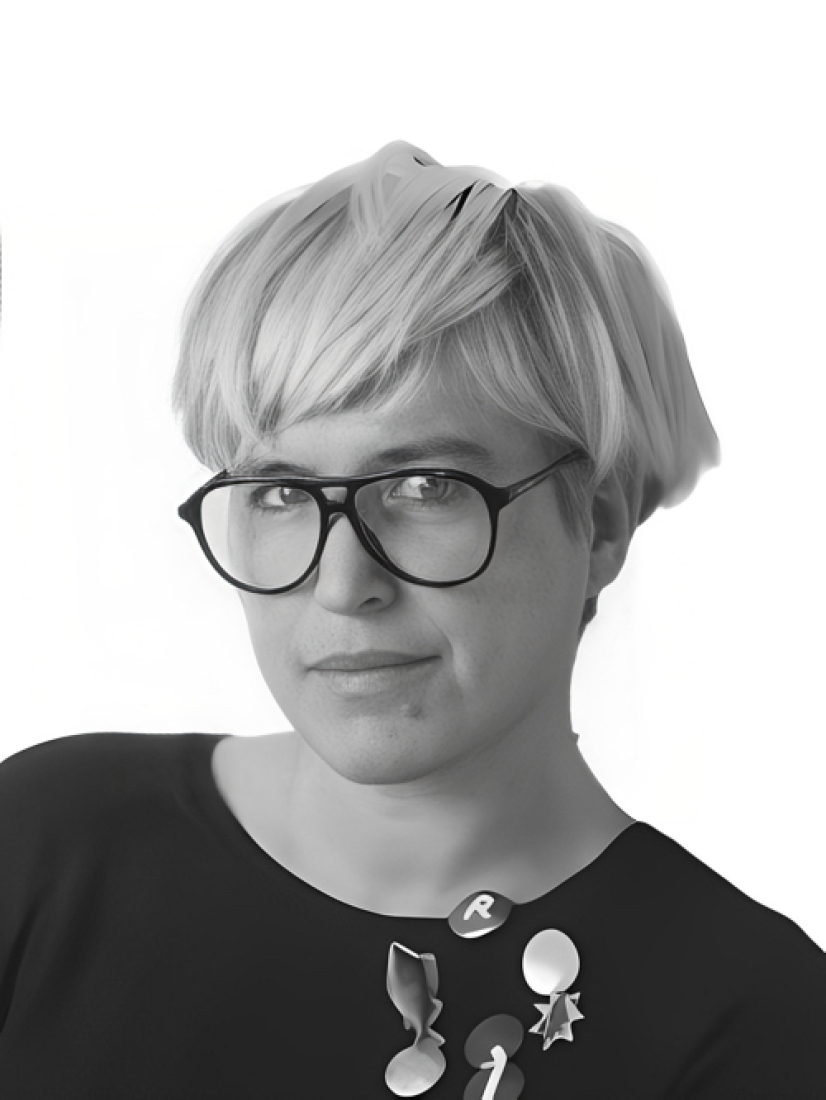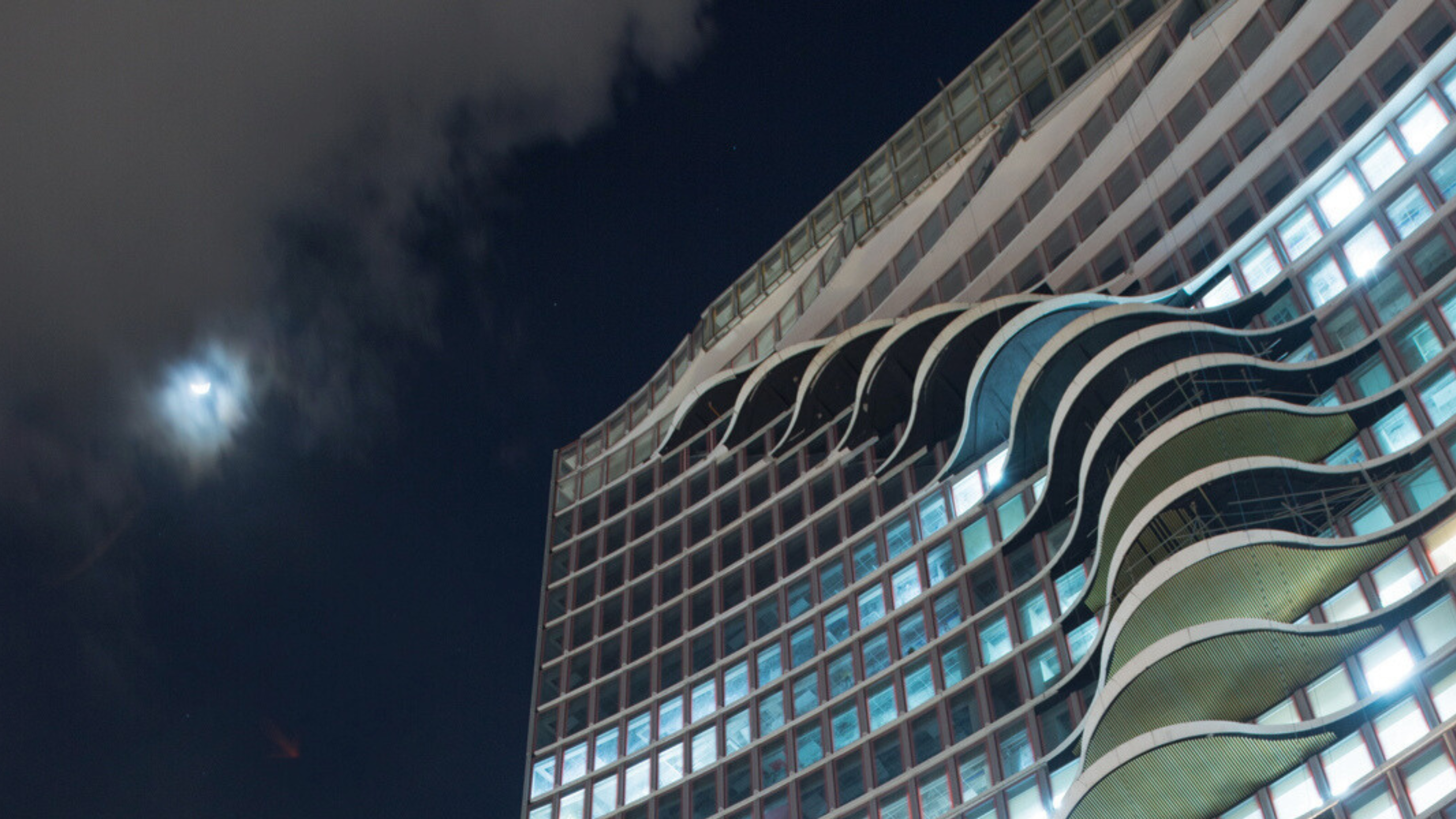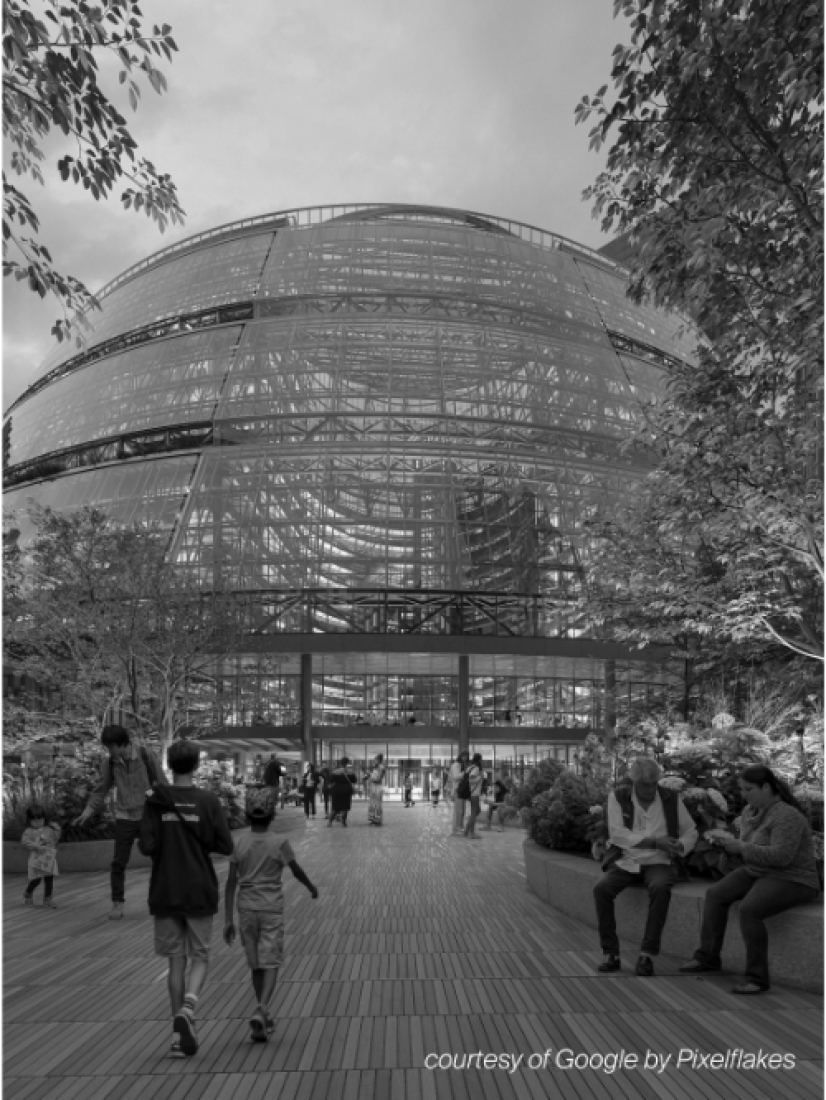5 key facts about this project
### Project Overview
Located in [insert geographical location], the design responds to the region's [describe notable geographic or cultural factors relevant to the project] and aims to integrate functionality with a contemporary aesthetic. The project emphasizes the alignment of user needs with environmental awareness, resulting in a built environment that enhances both community interaction and individual experience.
### Spatial Organization and User Engagement
The spatial strategy exemplifies a careful balance between private and communal areas, facilitating engagement while safeguarding privacy. Circulation paths are intuitively designed, allowing for ease of movement throughout the spaces. This arrangement encourages social interaction in shared areas while providing quiet retreats for individual reflection. The layout also accommodates flexible use, allowing spaces to adapt to various activities, which accommodates dynamic user needs over time.
### Material Selection
The selection of materials plays a crucial role in defining the architectural narrative and environmental responsibility of the design. Key materials include reinforced concrete, which provides structural integrity and design flexibility; glass panels, enhancing natural light and connectivity to the exterior; and sustainably sourced wood, which adds warmth to interiors while aligning with ecological goals. Additional elements like corten steel and natural stone are integrated into both structural and aesthetic components, reinforcing durability and a connection to the surrounding landscape. Insulation materials have also been carefully chosen to optimize energy performance, contributing to the project's sustainability targets.


